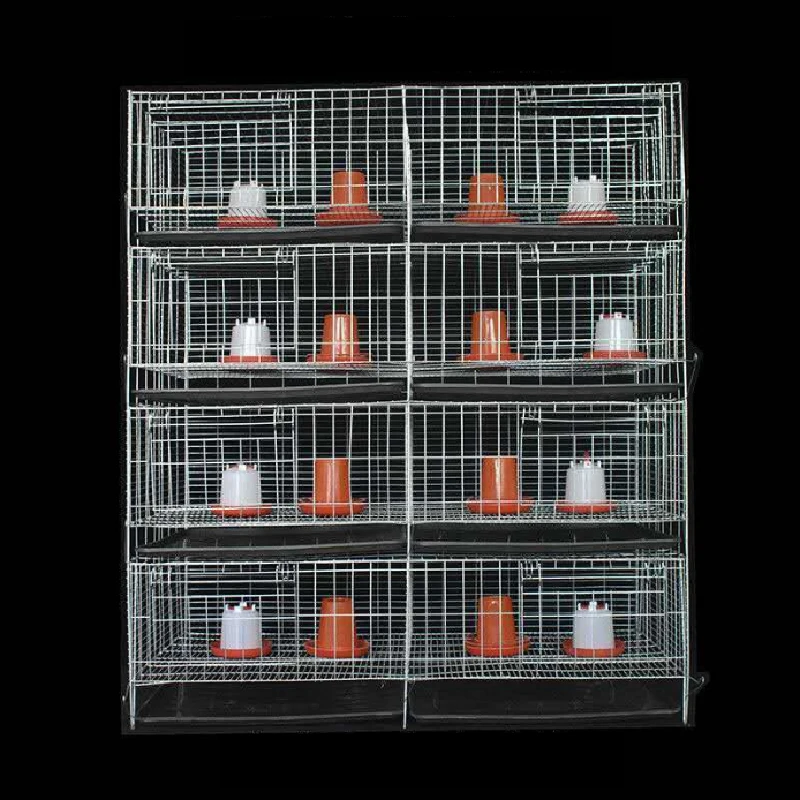Efficient Chicken Scalder for Optimal Poultry Processing and Enhanced Meat Quality
Dec . 21, 2024 09:34 Back to list
Efficient Chicken Scalder for Optimal Poultry Processing and Enhanced Meat Quality
The Importance of Poultry Scalders in Modern Processing
In the poultry processing industry, the initial stages are critical for ensuring the quality and safety of the final product. One of the essential pieces of equipment used in this process is the poultry scalder. This machine plays a crucial role in the preparation of birds for further processing by effectively removing feathers and preparing the carcasses for inspection and packaging.
What is a Poultry Scalder?
A poultry scalder is a large, industrial machine that heats water to specific temperatures for the purpose of scalding birds. This process typically involves immersing the poultry in hot water, which loosens the feathers and allows for easier plucking. The temperature and duration of the scalding process are vital, as they must be carefully controlled to ensure maximum feather release while preserving the skin and meat quality.
The scalding process generally occurs after the birds have been slaughtered and before they proceed to the plucking stage. Most commonly, the scalder operates at temperatures ranging between 140°F to 160°F (60°C to 71°C). The precise temperature and duration depend on factors such as the age and type of poultry being processed.
The Scalding Process
The scalding process begins with birds being placed in the scalder. As they are submerged in water, the heat penetrates the skin and softens the connective tissues around the feathers. After scalding, the birds are moved to the plucking machines, where mechanical fingers remove the loosened feathers efficiently.
An optimal scalding process is imperative because it affects the quality of the meat. Over-scalding can result in damaged skin, leading to increased moisture loss during cooking and a diminished product appeal. In contrast, under-scalding can make feather removal difficult and lead to unsightly remnants on the finished product.
Types of Scalders
poultry scalder

There are various types of poultry scalders used in the industry, each designed for different processing capacities. The most common variants are batch scalders, continuous scalders, and immersion scalders.
1. Batch Scalders These are used for smaller operations and process a specific number of birds at a time. They are generally more manual and can be more labor-intensive.
2. Continuous Scalders Used in large-scale operations, these systems continuously process birds, significantly improving efficiency. The design typically allows for a constant inflow and outflow of water, ensuring that the temperature remains consistent.
3. Immersion Scalders These systems submerge the birds entirely in hot water. They can be combined with mechanical plucking systems that follow immediately after scalding, streamlining the processing line.
Innovations and Efficiency
Recent advancements in poultry scalder technology focus on improving efficiency and maintaining consistent quality. Innovations such as digital temperature controls and automated water replenishment systems enhance precise management of the scalding process. These technological upgrades not only ensure consistent product quality but also help in conserving resources, such as water and energy.
Moreover, modern scalders often include built-in sanitation features, addressing food safety concerns that are paramount in poultry processing. By incorporating these advancements, producers can enhance the safety and quality of their products while ensuring compliance with industry regulations.
Conclusion
In conclusion, poultry scalders are a vital component of the poultry processing industry, playing a significant role in the quality of the final product. The scalding process, if executed correctly, ensures that feathers are effectively removed without compromising the integrity of the meat. As the industry continues to innovate and adopt new technologies, the efficiency of poultry scalders is likely to improve, resulting in better product quality and enhanced food safety. Understanding the importance of scalder technology contributes to a greater appreciation of the processes involved in delivering poultry products to consumers.
-
Automatic Feeding Line System-Pan Feeder Nipple Drinker|Anping County Yize Metal Products Co., Ltd.
NewsJul.29,2025
-
Hot Sale 24 & 18 Door Rabbit Cages - Premium Breeding Solutions
NewsJul.25,2025
-
Automatic Feeding Line System Pan Feeder Nipple Drinker - Anping County Yize Metal Products Co., Ltd.
NewsJul.21,2025
-
Automatic Feeding Line System Pan Feeder Nipple Drinker - Anping County Yize Metal Products Co., Ltd.
NewsJul.21,2025
-
Automatic Feeding Line System - Anping Yize | Precision & Nipple
NewsJul.21,2025
-
Automatic Feeding Line System - Anping Yize | Precision & Nipple
NewsJul.21,2025






